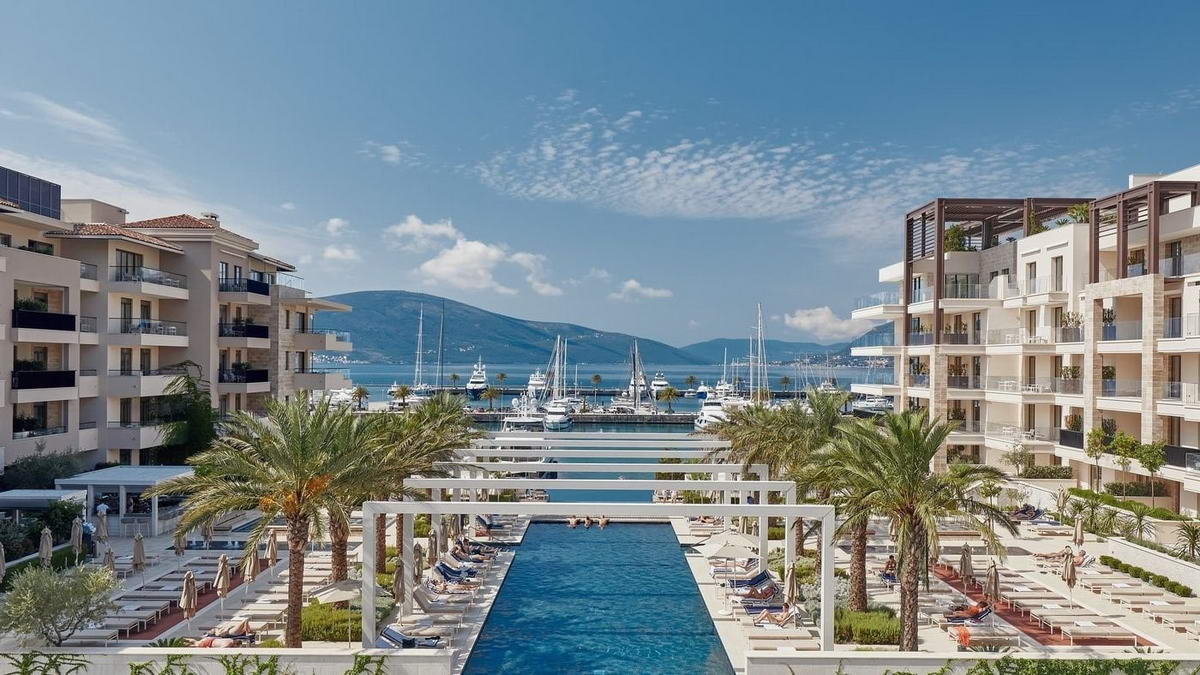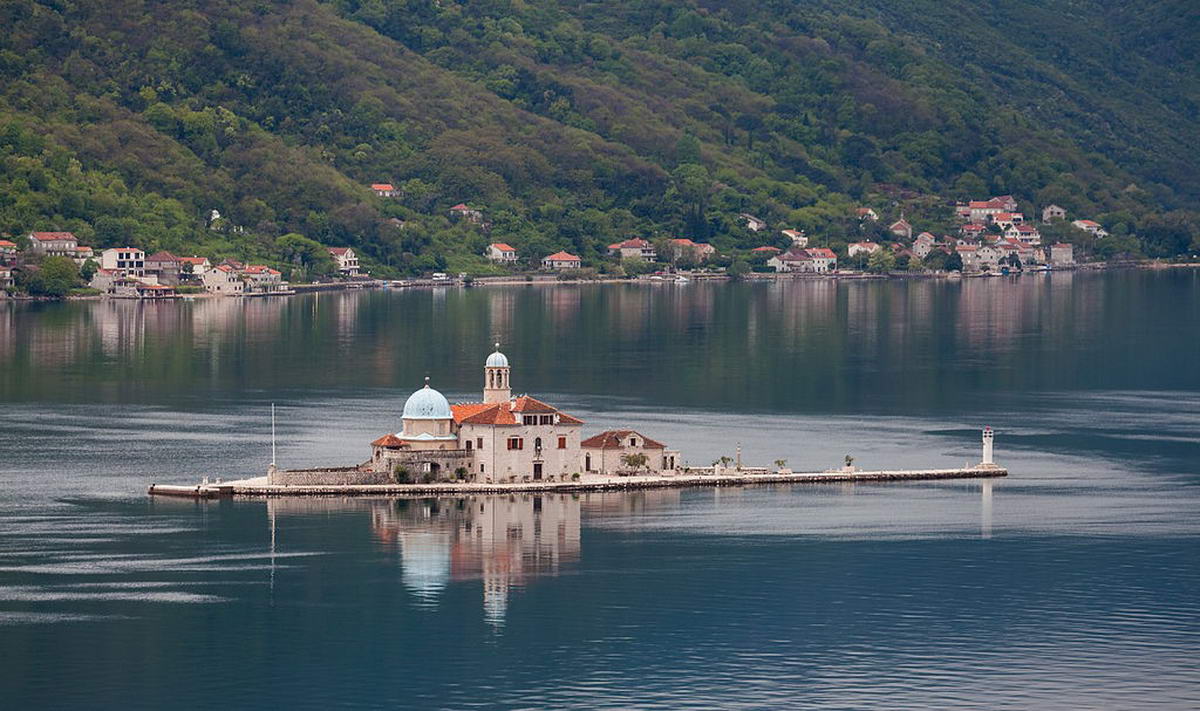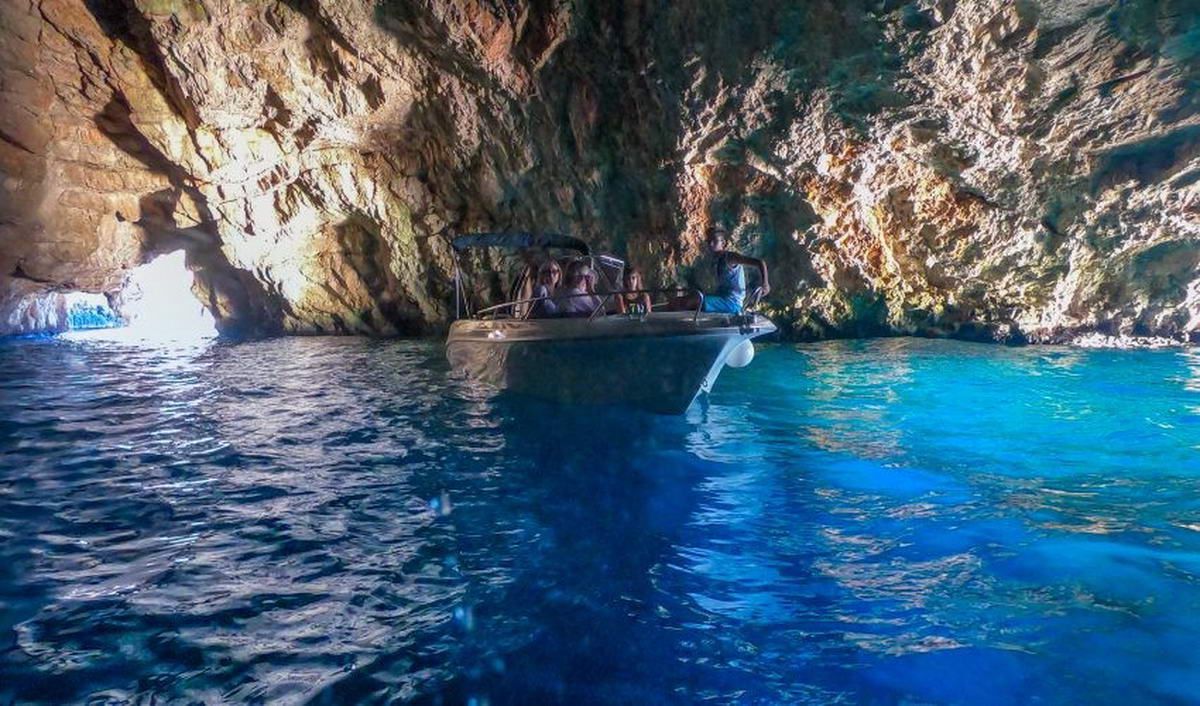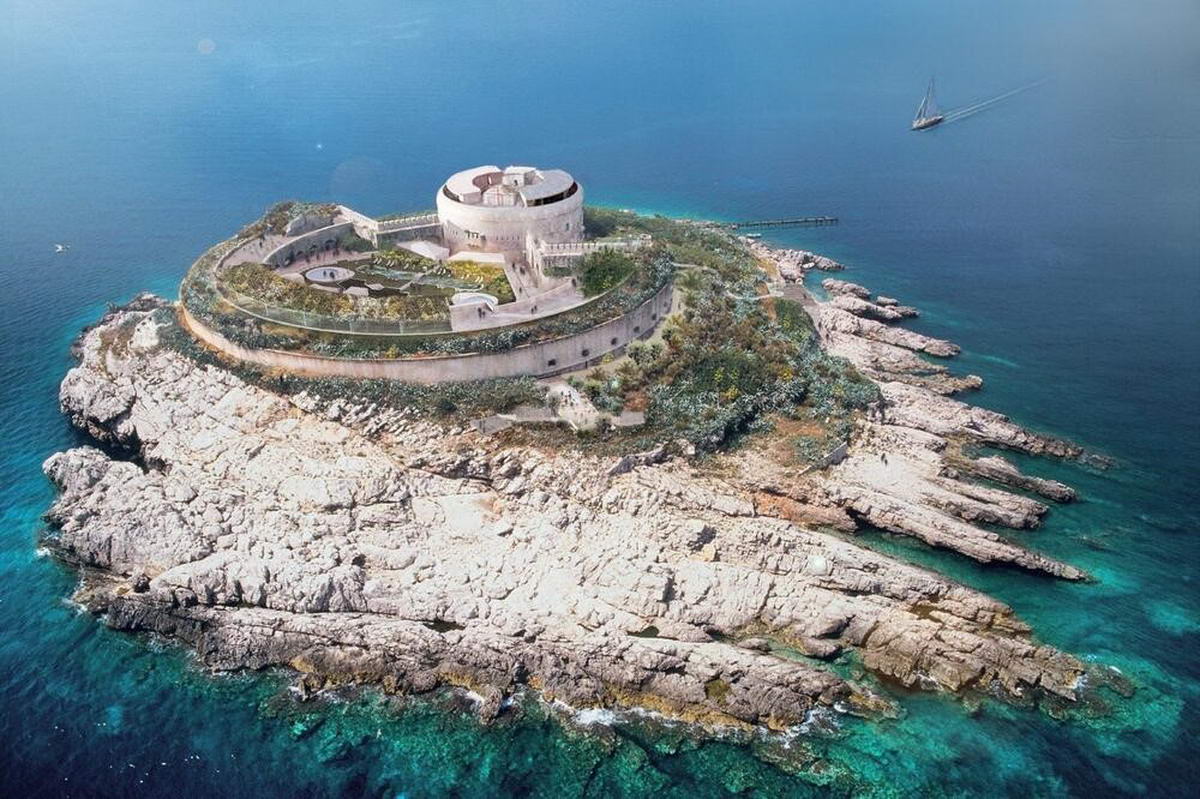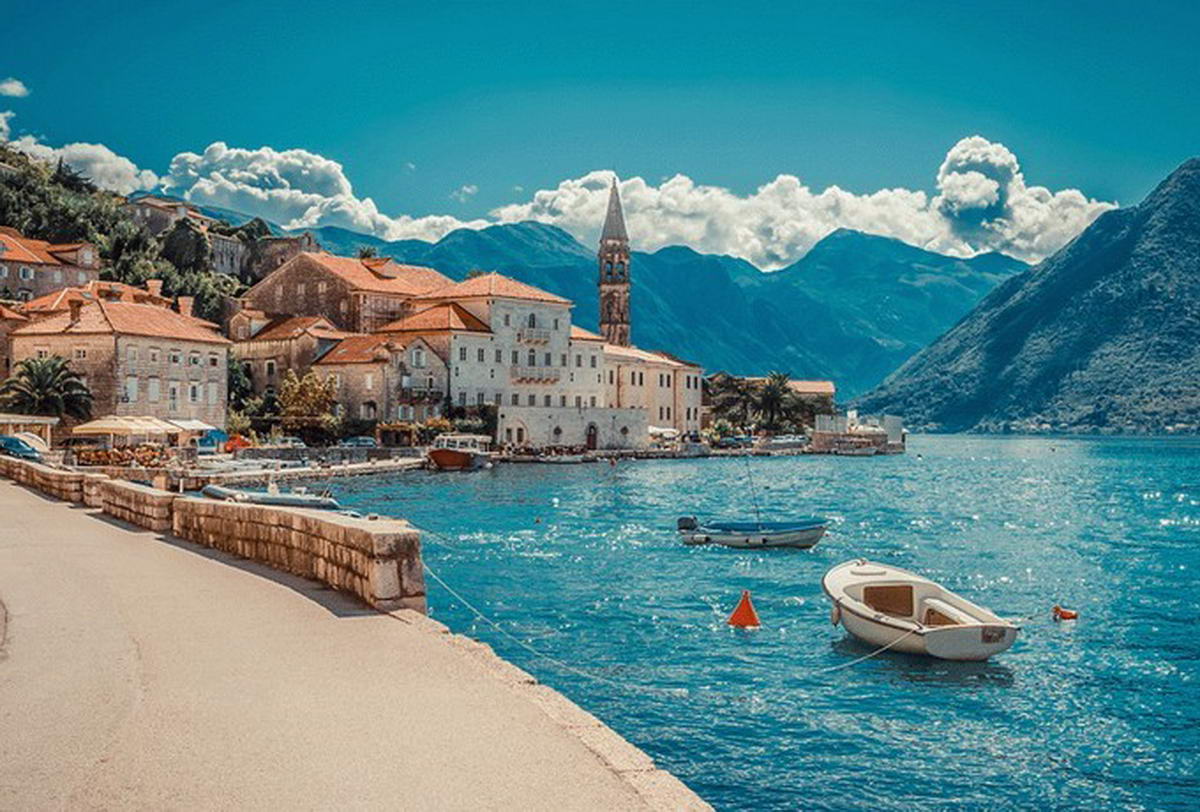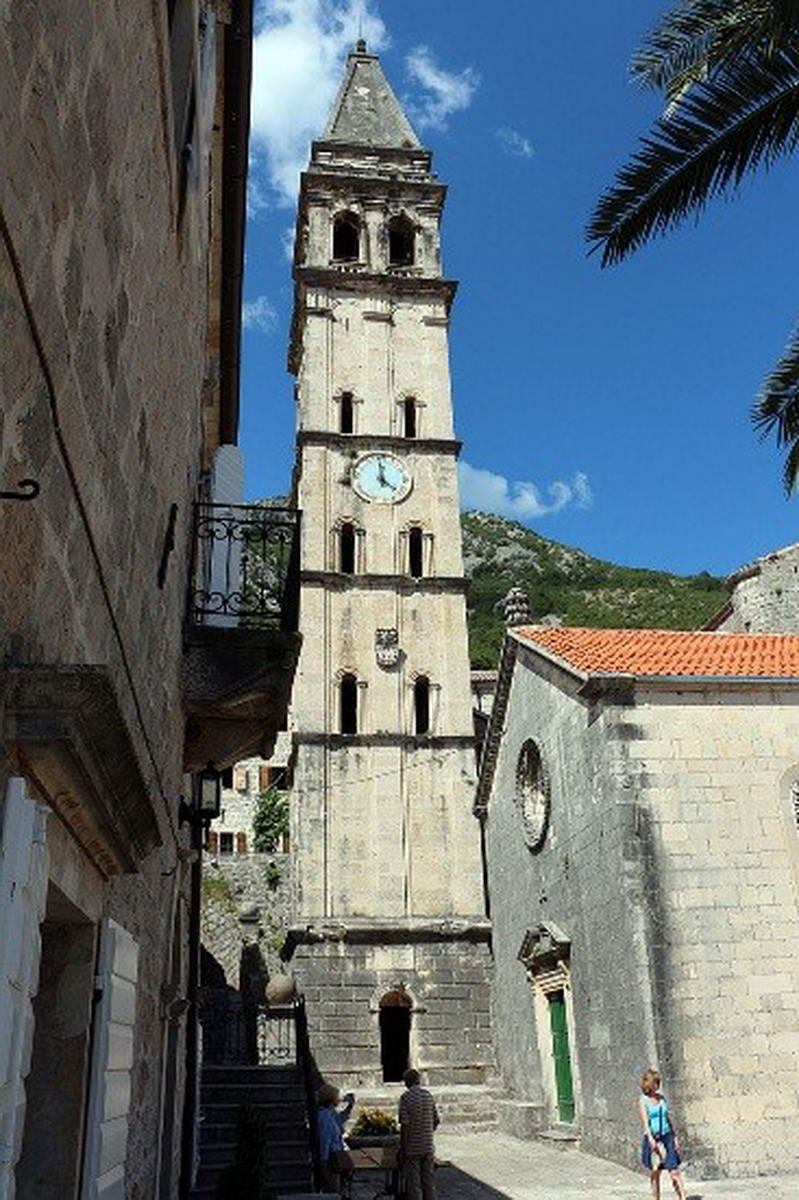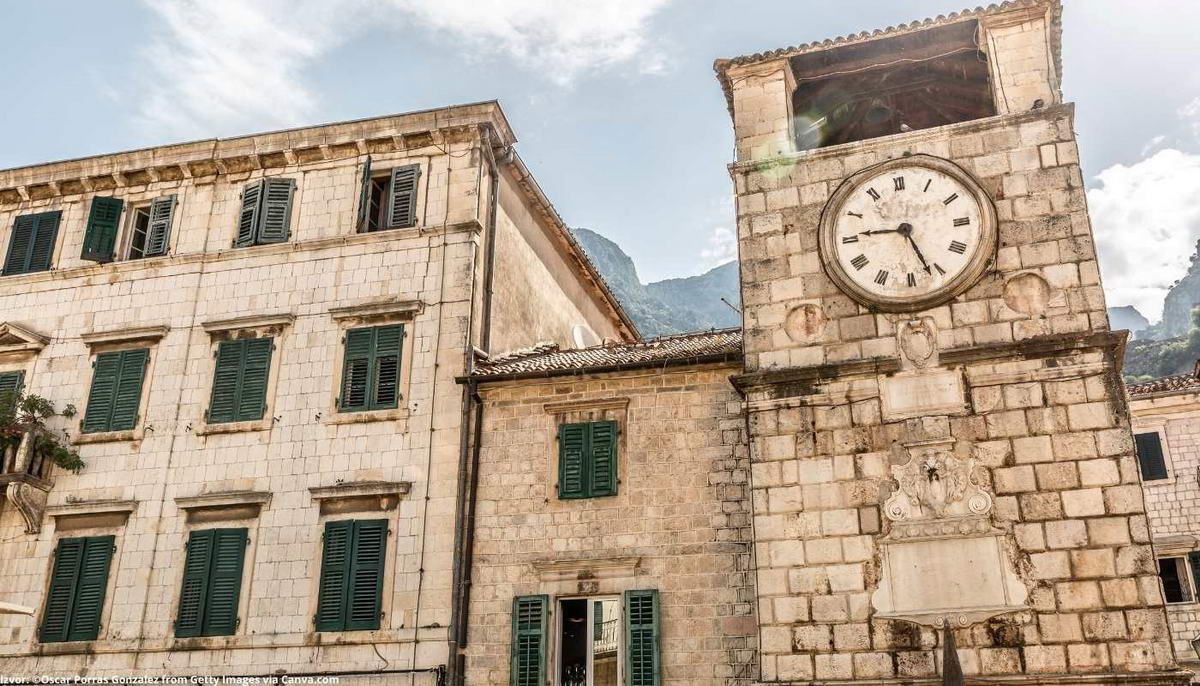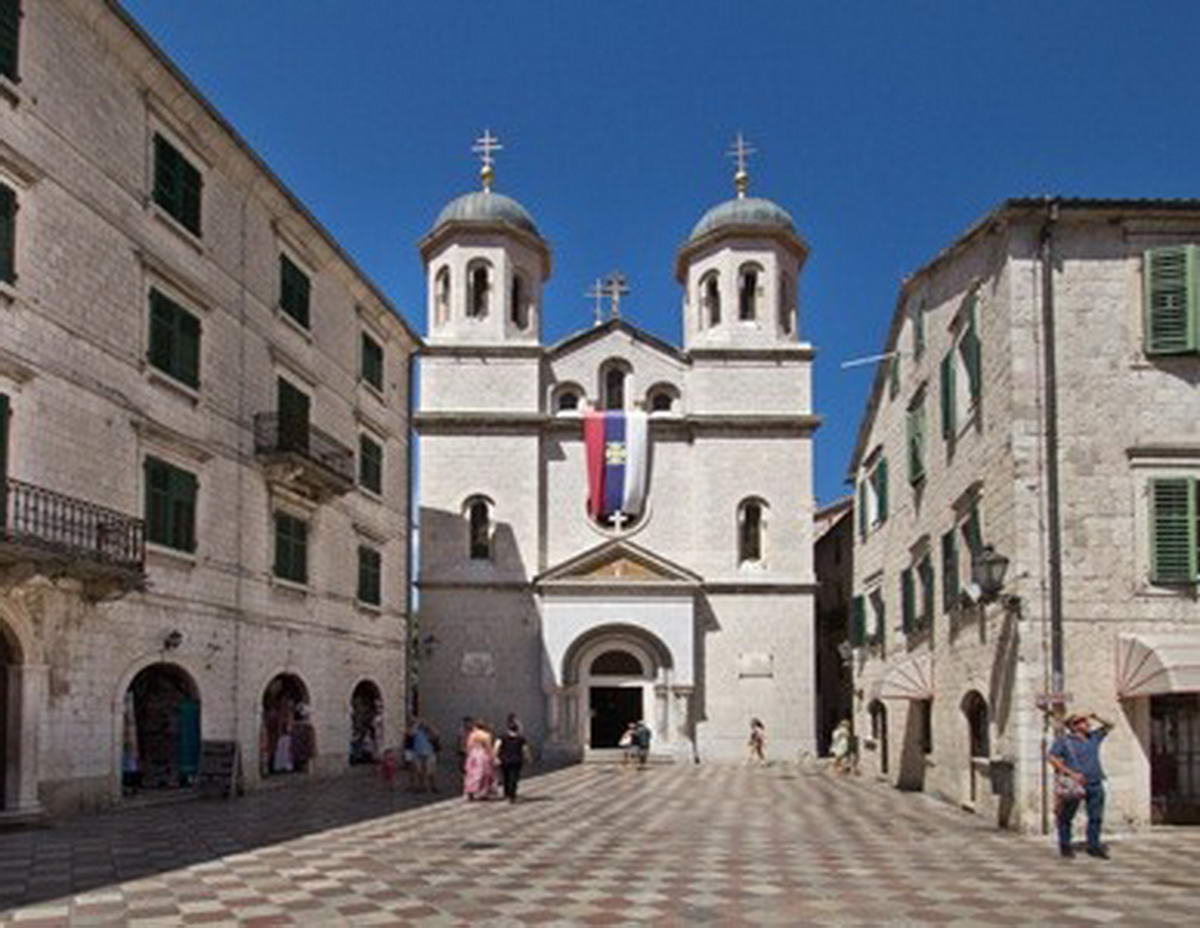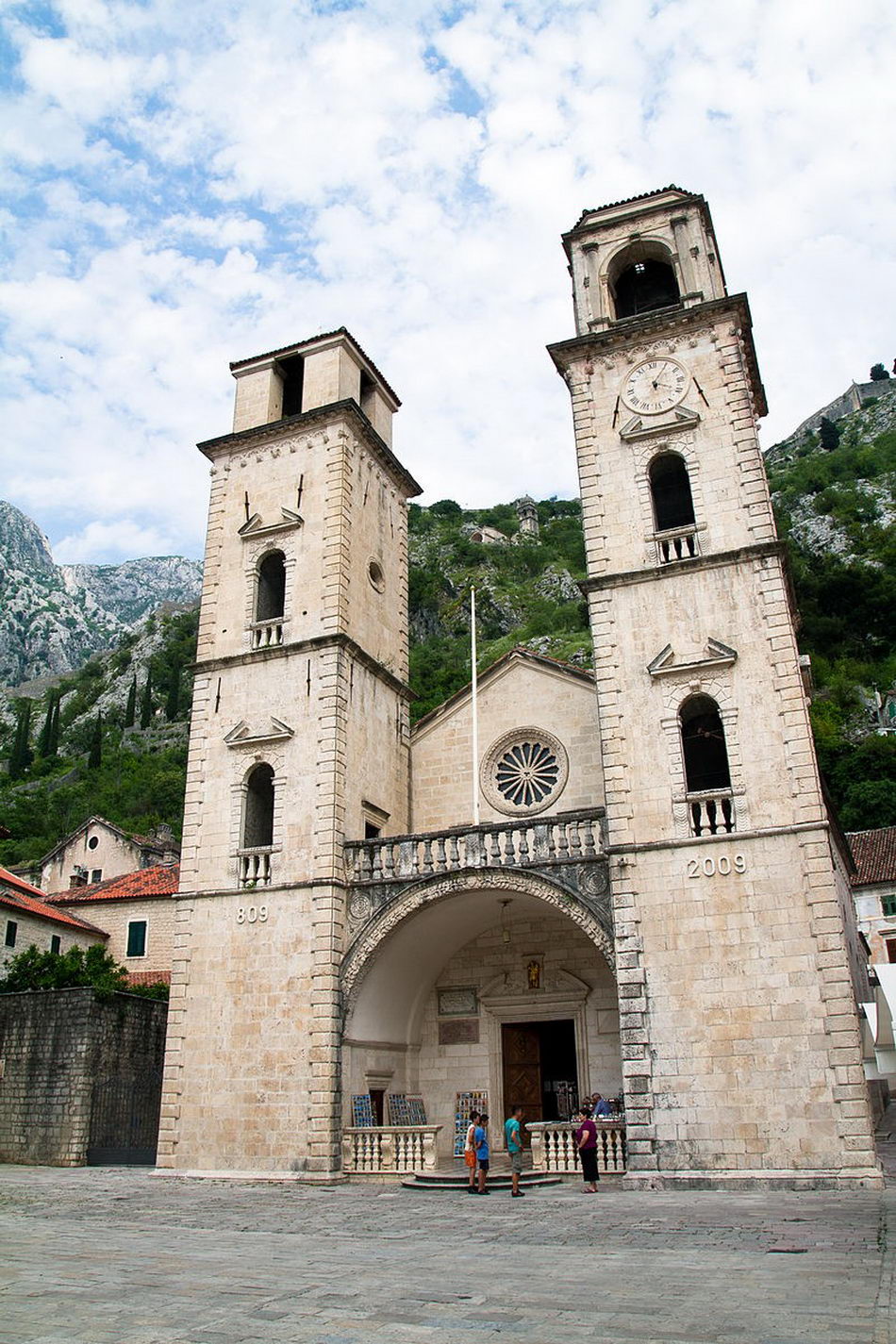Cruising the Bay of Kotor is a unique journey where you can get to know the history, nature, landscapes and medieval towns of Montenegro. One of the most brilliant and spectacular tours is described in the blog!
Tivat
There are many interesting sights in Tivat, for example, the island of Miholjska prevlaka, also known as the Island of Flowers, the island of Sveti Marko and one of the best beaches in Montenegro, Plavi Horizonti.
Porto Montenegro is a luxury marina located in the coastal town of Tivat, on the beautiful coast of the Adriatic Sea. Luxury yachts, small squares, restaurants and ultra-modern shops. Everything has the stamp of well-being and prosperity.
Gospa od Škrpjela
Gospa od Škrpjela (Our Lady of the Rocks) is one of the islands in the Bay of Kotor, located opposite the city of Perast. Gospa od Škrpjela is perhaps the only artificial island in the Adriatic and is located 115 meters northwest of the island of Sveti Đorđe. It was erected on top of the reef after two sailors from Perast, the Mortešići brothers, found an icon of the Virgin Mary on it in 1452, which cured one of them of an illness. After that, the icon immediately became revered. At first, the reef was only slightly above the surface of the water, but over the course of 200 years, citizens sank pirates and their old ships alongside it; in addition, a law was passed, according to which every ship passing by the reef here had to throw a stone on the bottom. This is how a plateau with an area of 3030 m² was created. The Church of the Virgin Mary was built on the island. It got its modern form after the reconstruction undertaken after the Great Earthquake of April 6, 1667. The church was built in the Byzantine style and reaches a height of 11 meters. At the end of the 17th century, Perast reached the peak of economic and cultural development, which helped to decorate the church of the Virgin with many works of art. Tripo Kokolja painted the interior of the church. For centuries, the church received gifts from rich citizens and ship captains, and now it is not only a temple, but also a treasury and an art gallery. There are 68 oil paintings here. On the walls of the church, you can see 2,500 gold and silver "votive" tiles, which the people of Bokel presented to the church "in fulfillment of this vow" for deliverance from various troubles.
The Blue Cave
The Blue Cave on the Luštica peninsula in Montenegro is one of the most popular sights on the Adriatic coast, which arouses great interest due to its unusualness. The Blue Cave got its name because of the water in it. Sunlight falling on the sandy bottom is reflected, coloring the water in a unique azure color. The blue glow of the water, reflected from the walls of the cave, illuminates everything around it with incredible shades of blue and indigo. This is a truly unique place.
Mamula Island
The island and fortress of Mamula is a mysterious landmark of Montenegro, with unique architecture, landscape and history. Mamula is one of the most interesting islands in Montenegro. Mamule's previous name is Lastavica. You will find this name on many nautical charts. And in the country itself, it is often called the island of the swallow. As for the modern name, it was given in honor of General Lazar Mamula, who ordered the construction of a fortress on the island in 1853. At its base, Mamula became a fortress that closed Boka Kotorska from the enemy, as well as part of a defense structure consisting of three fortifications: Azra, Oštro and Mamula. If you climb the walls of the fortress, you can enjoy the panoramas of the Montenegrin coast.
Perast
Perast is a picturesque town in Montenegro, which is considered the city of sailors and captains. When tourists first get to know the settlement, they immediately notice the local architecture. The development of Perast was influenced by connections with Venice.
Church of Saint Nicholas
The Church of St. Nicholas, the main Catholic church in the city of Perast, is located on the central square. The walls of the church were built in the 16th century, and its bell tower, more than 50 meters high, was at that time the tallest in the southern part of the Balkans. Its architecture shows characteristics of the Romanesque, Renaissance and Baroque styles. There is an old working organ in the church, and in the walls of the sacristy there are colorful engravings and ceremonial clothes from the 15th to 17th centuries. The frescoes on the interior walls of the temple are interesting - they were created by the legendary Tripo Kokolja.
Kotor
Kotor is known for its beautiful old architecture and great atmosphere. The city has historically developed around the Old Town, which is its most impressive landmark. It is still surrounded by walls and is included in the UNESCO World Heritage List. The old town of Kotor was built between the 12th and 14th centuries. Despite the past centuries, it still retains its historical charm and atmosphere.
Church of Saint Nicholas
The Church of Saint Nicholas is the largest Orthodox church in Kotor. It is an impressive Byzantine-style building, towering over the city and easily recognizable by its double domes. The church was built in 1909 and has a rich interior decoration.
Cathedral of St. Trypun
The Cathedral of St. Tripun is one of the most famous monuments of Kotor, which is a magnificent example of Romanesque and Gothic architecture. It is one of the most important Catholic churches in Montenegro and preserves the relics of the patron saint of the city. The Cathedral of Saint Tripun was built in the 11th century and rebuilt after the 1979 earthquake.

